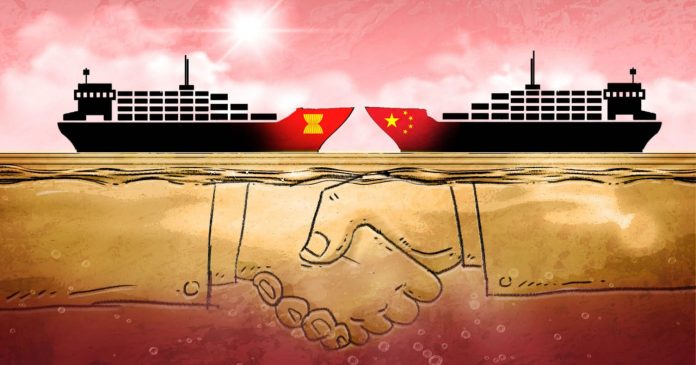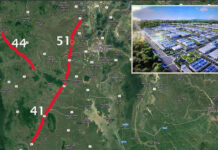Chinese authorities like building roads and bridges from times gone by, as connectivity facilitates flows of people, goods and also fortune. But only a few can afford to construct canals that demand massive amounts of labour and mastery of technology.
More than 2,200 years ago during the Qin dynasty, China’s first emperor built the 36.4km Lingqu Canal to carry soldiers to conquer the southern tribes and expand the imperial territory.
Qin Shi Huang’s mega project connected Xiang River in Hunan province – a tributary of the 6,300km Yangtze River – and Li River in south China’s Guangxi Zhuang autonomous region.
Construction of what would become the 1,800km Grand Canal – the UNESCO World Heritage site built to link east China’s business hub of Hangzhou and the capital city of Beijing – was then completed during the Yuan dynasty more than 700 years ago.
But until August, when construction started on the Pinglu Canal, no other new canals had been built.
The 135km, 72.7 billion yuan (US$10.1 billion) project is seen as not only a chance to develop the southwestern border region of Guangxi, but also highlights China’s state-of-the-art construction techniques and strategic thinking amid a fast changing geopolitical landscape.
“This is equivalent to more
capillaries to glue closely together China and the Association of the Southeast Asian Nations markets,” Gao added, referring to the 10-member ASEAN bloc.
Gao expects heavy two-way flows of cargo as “the cost savings of this waterway will be high”.
Source: SCMP





















